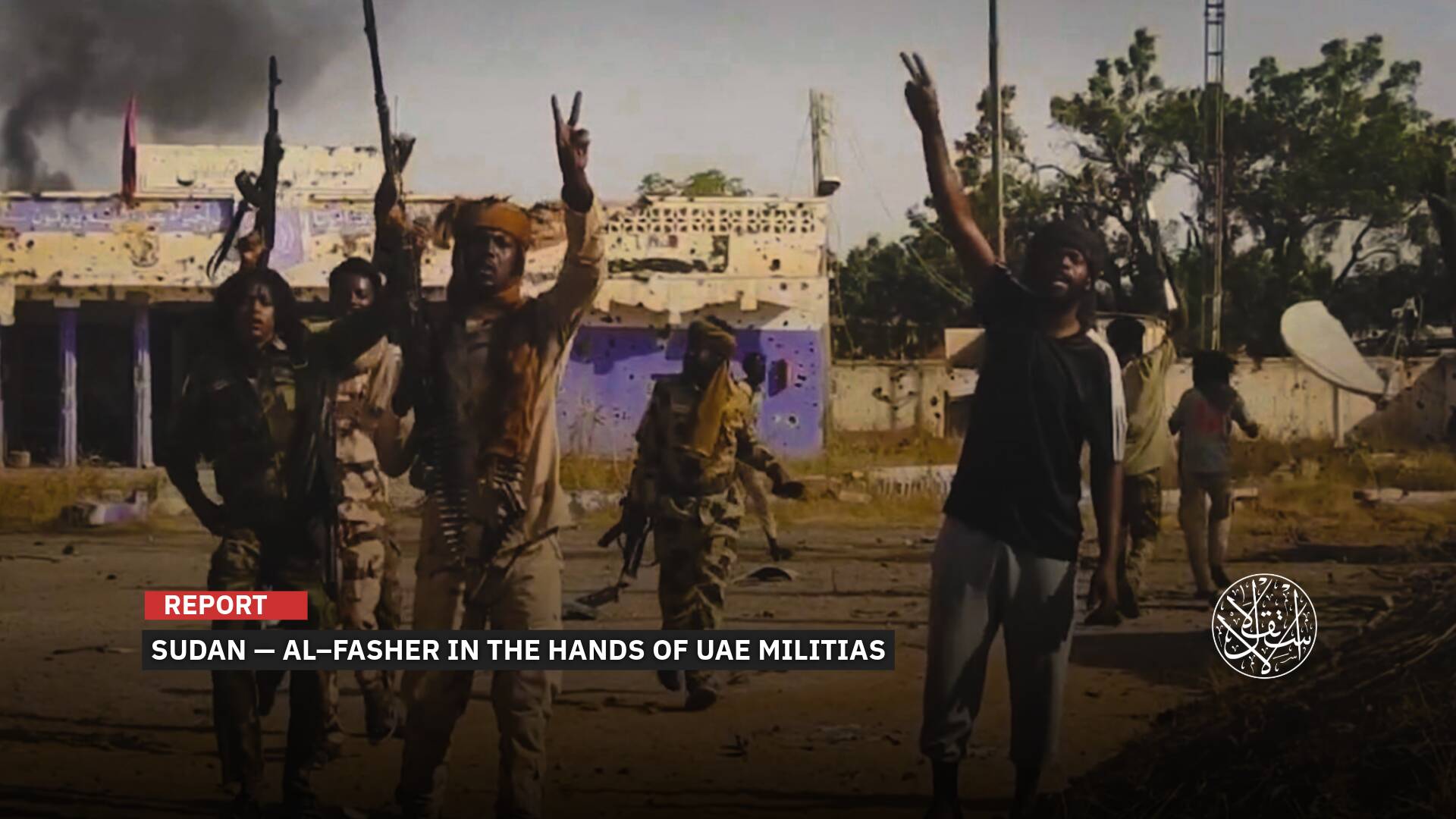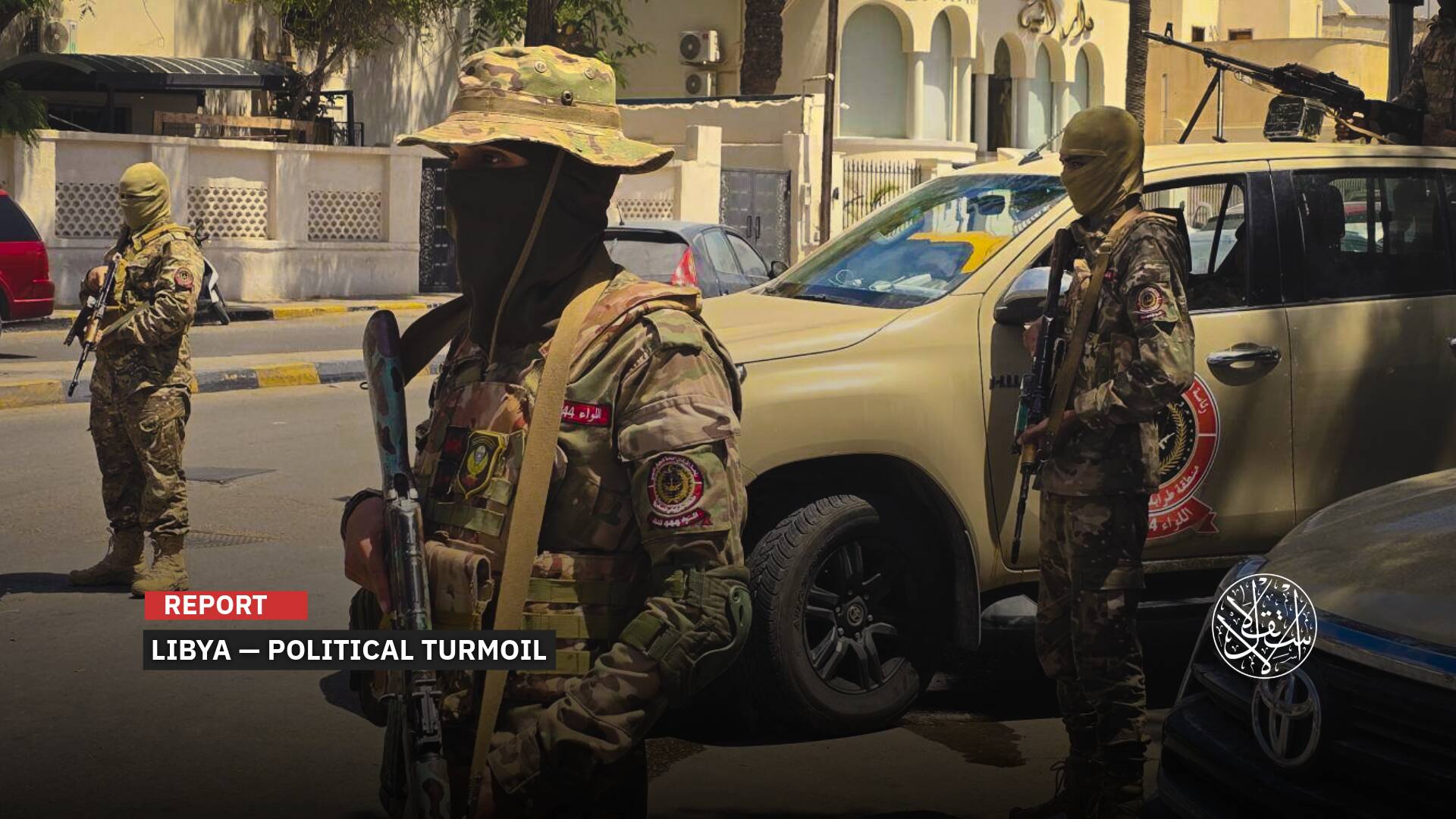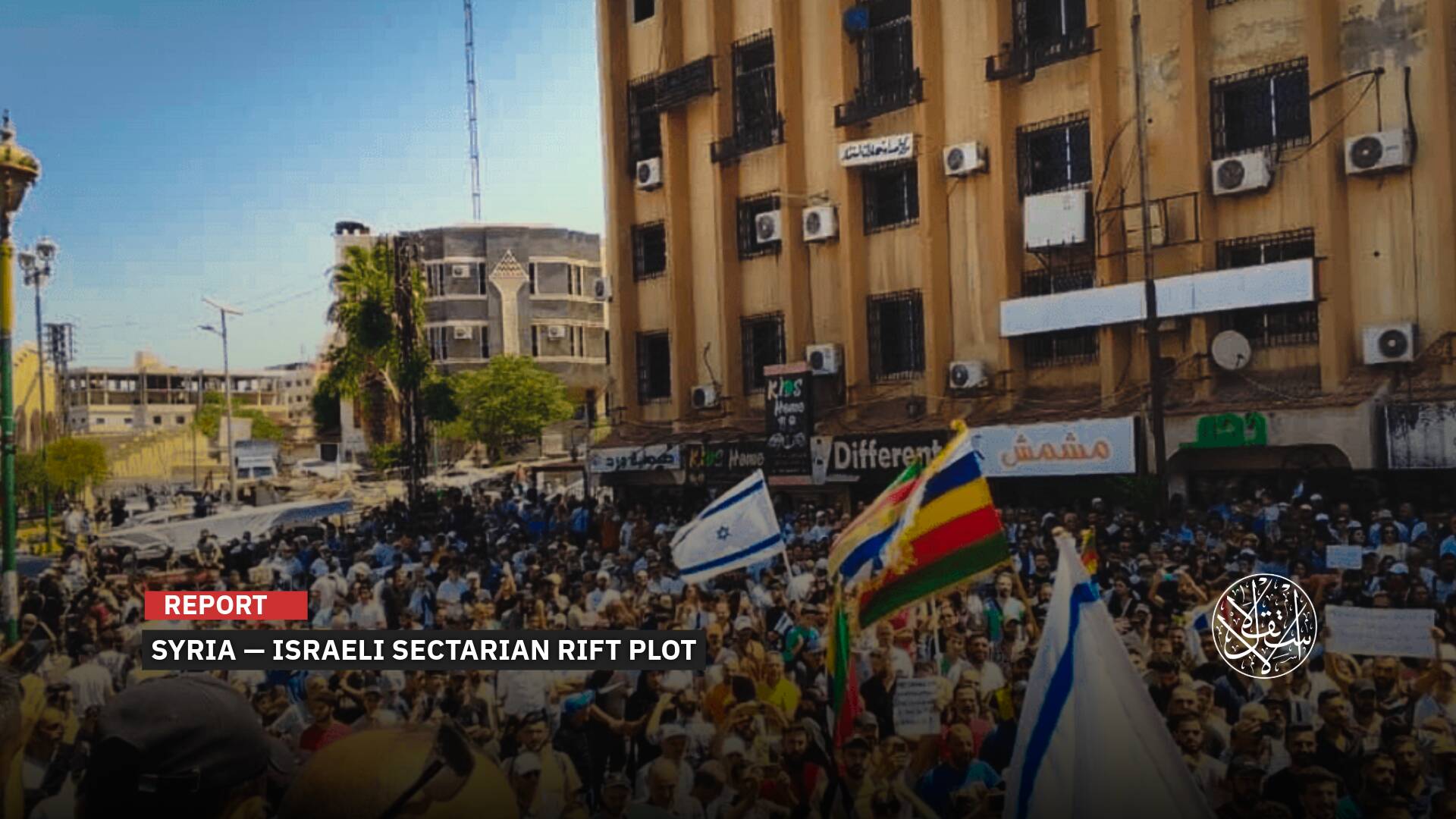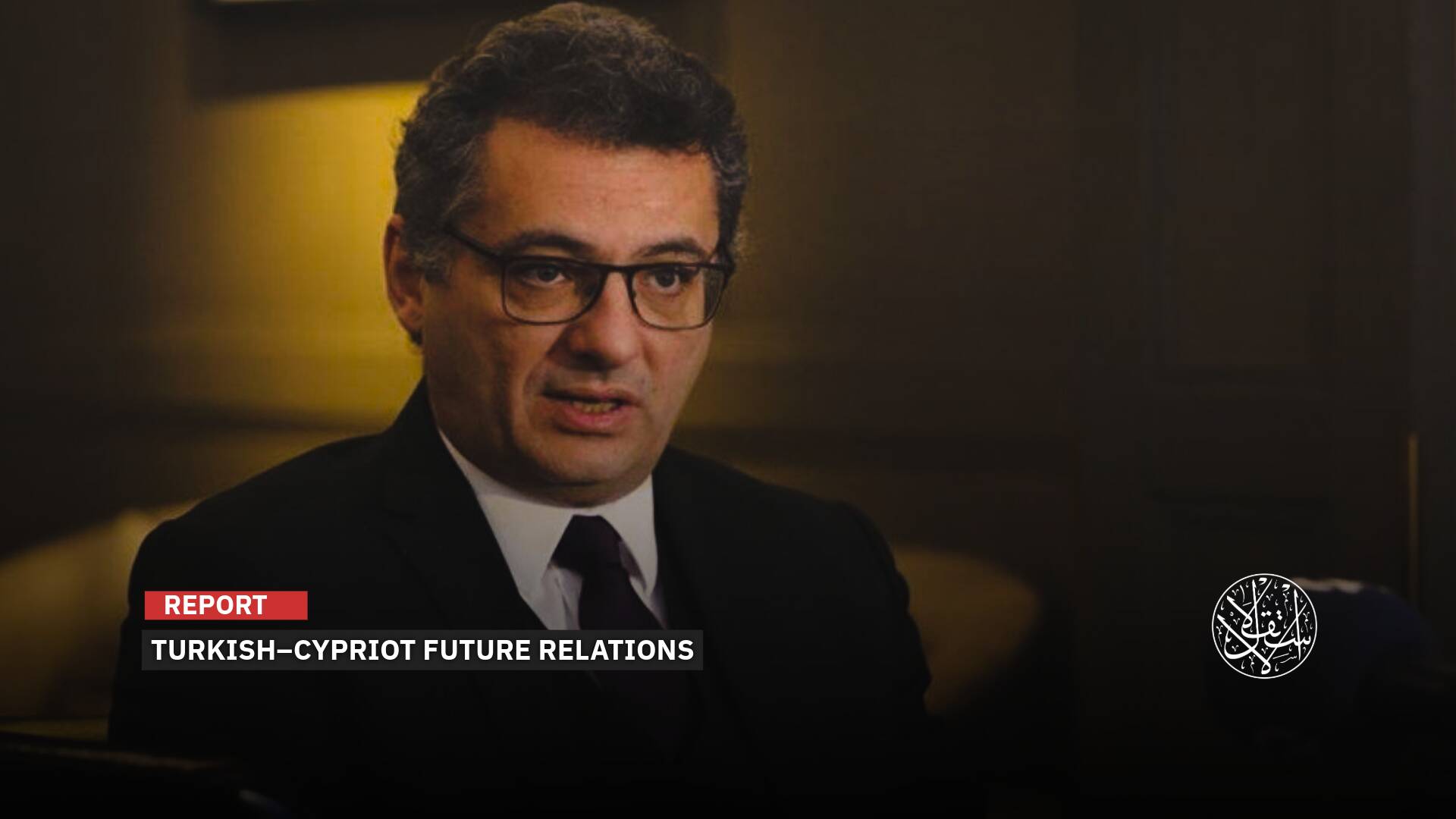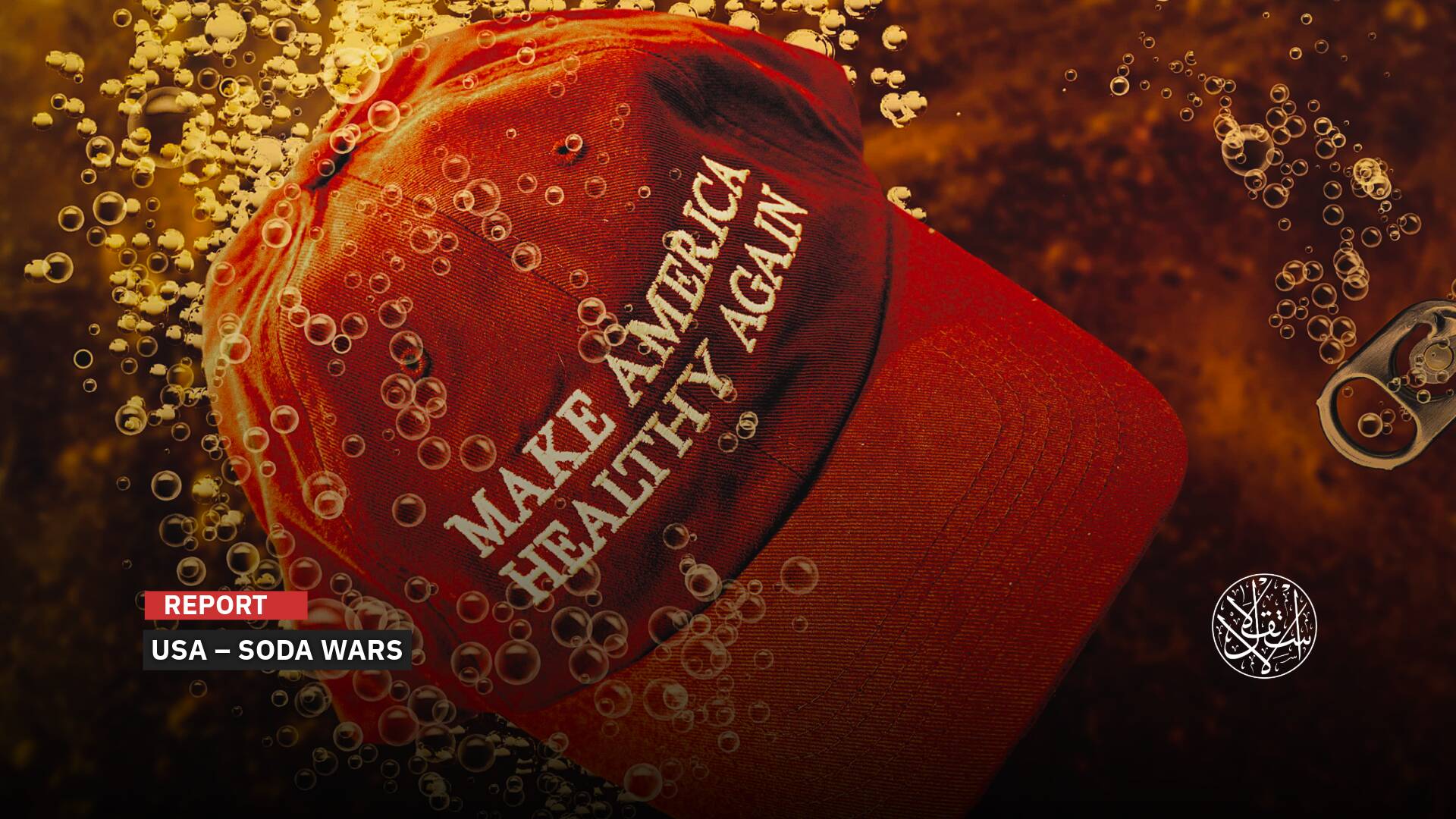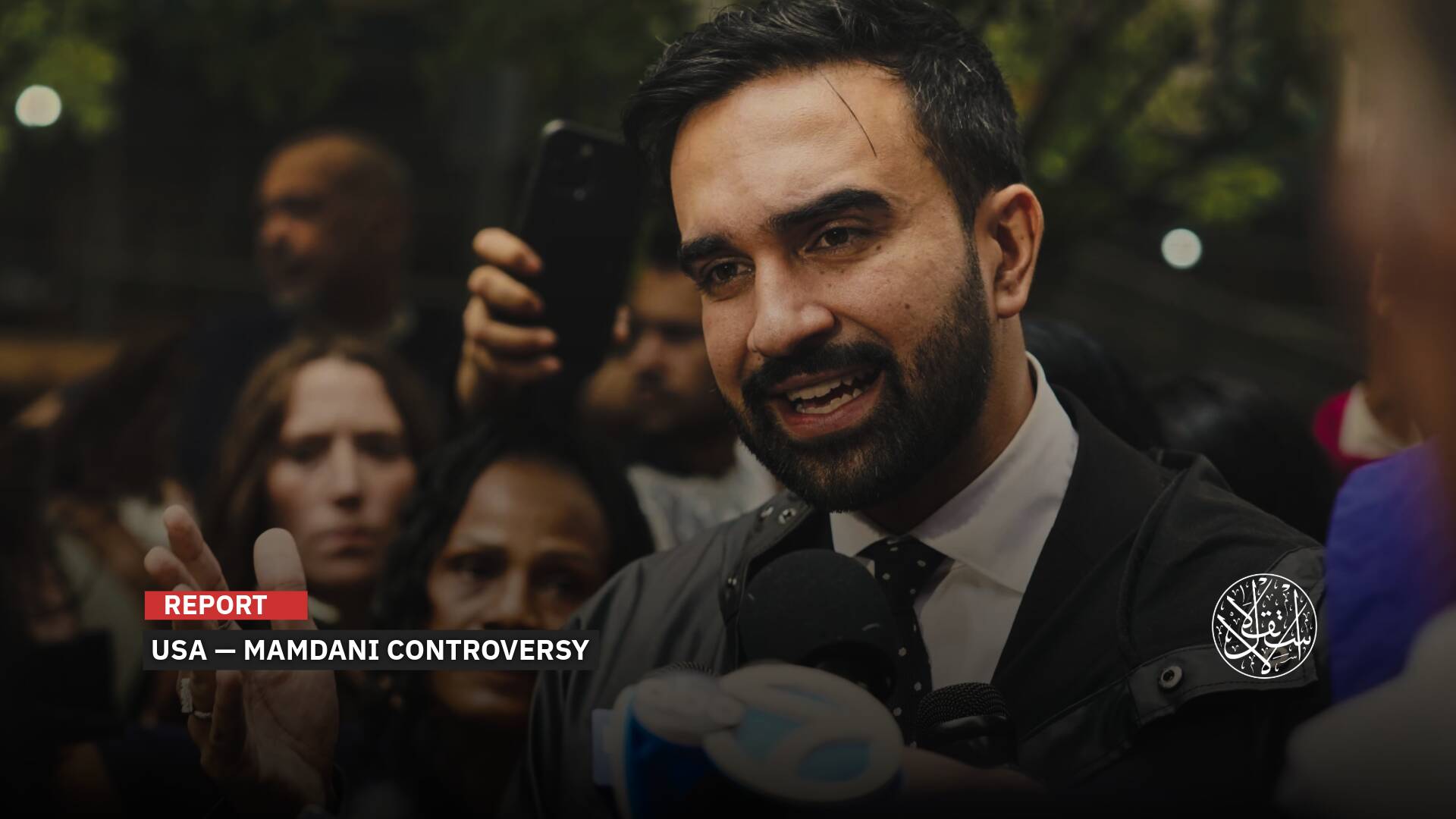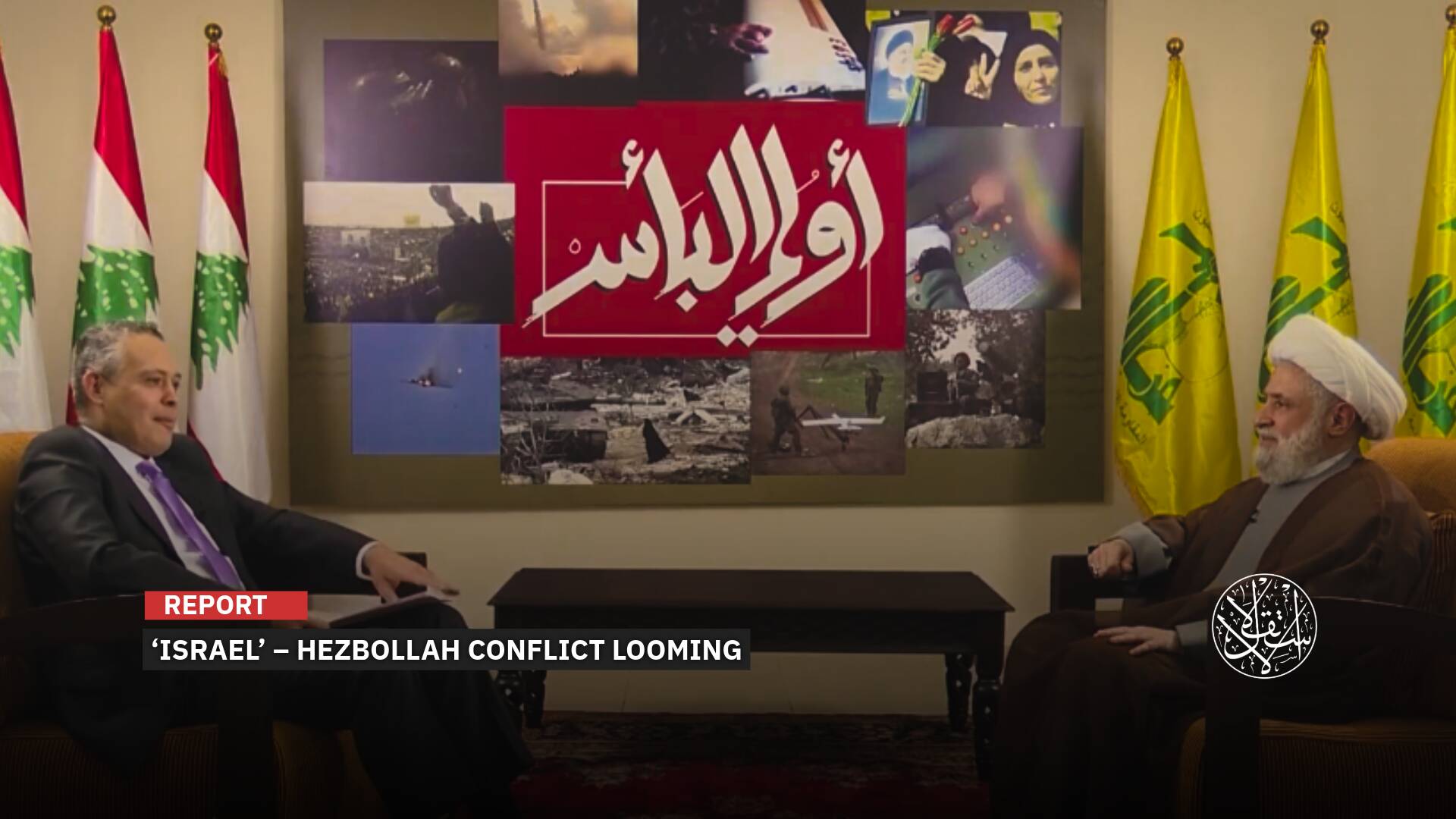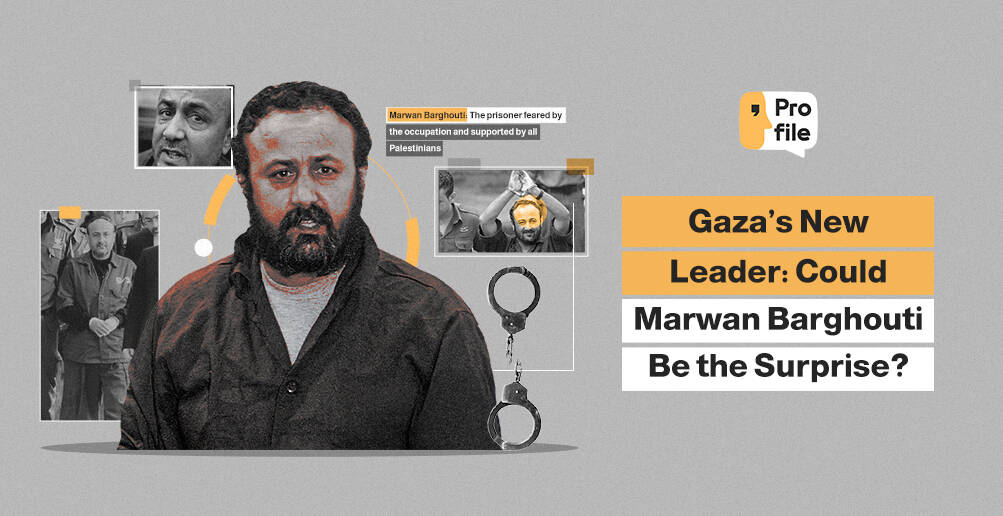How Does Europe Support Violations of Refugee Rights in Tunisia?

Fatima Turay, a 22-year-old from Sierra Leone, was visiting a friend in Sfax, a coastal city in Tunisia when violence erupted between local residents and African migrants from the Sahara region.
A Tunisian man was killed in the clash, and the police stormed into the house where Turay was staying, firing tear gas and dragging her and her son to a police station.
The next morning, she saw a large bus outside. “I tried to ask why they brought the bus? Where will they take us? And they said it was for our safety,” she said.
But instead of safety, she found herself in a nightmare. She and her son were among 1,000 Africans who were arrested by the Tunisian authorities and dumped at the border with Libya, where they were left for a month without food, water, or shelter from the scorching sun. At least 27 people died in the desert, according to Libyan officials.

Racist Treatment
The United Nations denounced the racist treatment of migrants from Sahara countries and the mass expulsion that targeted migrants from Sahara countries by the Tunisian government.
The crackdown coincided with Tunisia’s negotiations with Brussels to curb the flow of migrants trying to cross the Mediterranean Sea to Europe.
In July, after Turay and her son Madi were abandoned in the Libyan desert, the European Union signed a wide-ranging deal with the Tunisian government, which included a one billion euro aid package in exchange for other measures, such as preventing illegal migration.
The European Commission president, Ursula von der Leyen, hailed the agreement as a “model” of how the bloc should manage its relations with countries in the region.
Human rights groups said that the deal with President Kais Saied would lead to more stories like Turay’s, especially as his increasingly authoritarian government is stirring up xenophobia to divert attention from the economic crisis.
“The idea that Saied would agree to any sort of human rights conditions is ludicrous,” said Sarah Yerkes, a senior fellow at Carnegie Endowment. “He hasn’t been abiding by human rights for the past two years. He’s not going to start now.”
Turay and her son survived for more than a month in the desert, trapped between the Tunisian police on one side and the Libyan border guards on the other. “It was not easy,” she said.
“Sometimes [we had] one bottle of water, we have to measure it by a stopper to drink. Sometimes five people or six people for just one bottle of water.”
She showed a broken tooth and other dark bruises she said she suffered when she and her son escaped from men who tried to attack them.
She was moved again after Tunisia and Libya agreed to return 300 migrants on the border and is staying at a shelter run by the International Organization for Migration in Medenine, near Libya. Turay plans to move to Zarzis, where she lived with her fiance.

Turning Hostile
Tunisia, once a refuge for migrants from Africa, has turned hostile under its autocratic leader, Kais Saied, who seized power in 2021 and launched a crackdown on migrants from the Sahel and Sahara regions.
Saied accused them of being part of a plot to alter the country’s demographics and ordered security forces to deport them. The result was a surge of migration to Europe and a wave of racist attacks against migrants, asylum seekers, and refugees in Tunisia.
The European Union, despite its professed commitment to human rights and international obligations, has rewarded Tunisia for its harsh treatment of migrants.
A delegation of European leaders, calling themselves “Team Europe,” visited Tunisia twice in June and July and signed a memorandum of understanding that covered various areas of cooperation, including border management.
According to the agreement, Tunisia will receive 105 million euros to curb irregular migration and 150 million euros to support its budget. It will also get 900 million euros in conditional aid, linked to its negotiations with the International Monetary Fund for a $1.9 billion loan.
Tunisia is facing economic and political turmoil, exacerbated by the COVID-19 pandemic and the war in Ukraine, which affected its imports of grain from Russia and Ukraine.
Inflation has soared to more than 16 percent and is expected to rise further. Many Tunisians have joined the exodus to Europe, making them the fourth-largest nationality among arrivals in Italy this year.

The country is also suffering from drought, which has reduced its wheat production by 60 percent this year. The government subsidizes fuel and food, but rising global prices put pressure on its budget.
The International Monetary Fund has asked Tunisia to cut subsidies, but the government has resisted, fearing public backlash.
Rising prices were one of the triggers of the Arab Spring protests that toppled the former dictator Zine el-Abidine Ben Ali in 2011. In April, Saied called the IMF’s demands “dictates.”
The situation shows no signs of improvement, despite some signs of recovery in tourism, increased remittances from Tunisians abroad, and a $400 million aid package from Saudi Arabia.
While suffering from economic problems, Tunisia has become a major transit point for migrants trying to reach Europe, especially Italy, in search of a better life.
The country has prevented about 35,000 migrants from crossing the Mediterranean Sea since the beginning of this year, according to Italian officials, who praised Tunisia’s efforts.
But in the same period, about 100,000 migrants succeeded in reaching the Italian shores, and 2,000 people drowned, according to statistics from the International Organization for Migration.



